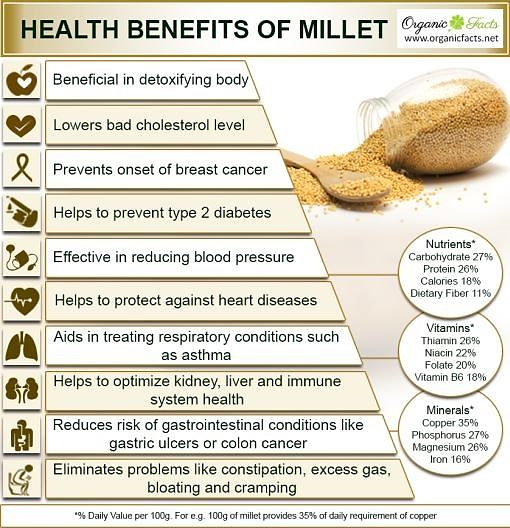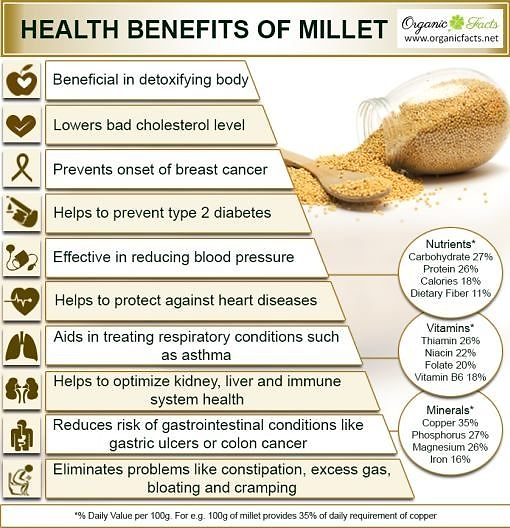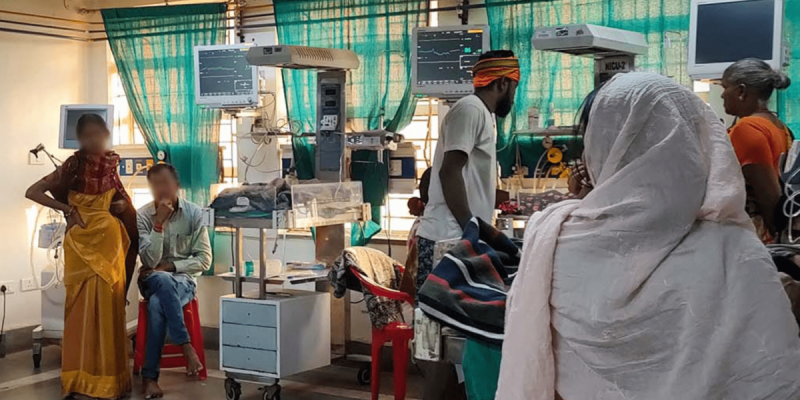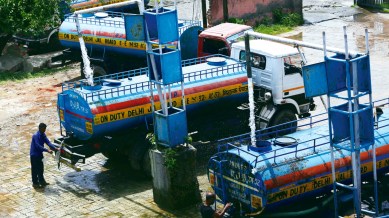- Courses
- GS Full Course 1 Year
- GS Full Course 2 Year
- GS Full Course 3 Year
- GS Full Course Till Selection
- MEP (Mains Enrichment Programme) Data, Facts
- Essay Target – 150+ Marks
- Online Program
- GS Recorded Course
- NCERT- First Ladder
- Polity
- Geography
- Economy
- Ancient, Medieval and Art & Culture AMAC
- Modern India, Post Independence & World History
- Environment
- Governance
- Science & Technology
- International Relations and Internal Security
- Disaster Management
- Ethics
- Current Affairs
- Indian Society and Social Issue
- CSAT
- 5 LAYERED ARJUNA Mentorship
- Public Administration Optional
- ABOUT US
- OUR TOPPERS
- TEST SERIES
- FREE STUDY MATERIAL
- VIDEOS
- CONTACT US
India Specific Millets Revolution and its Need
India Specific Millets Revolution and its Need

Why in News?
The Food and Agriculture Organization of the United Nations (FAO) has declared 2023 as the International Year of Millets.
- Millets are growing in popularity across the globe because of their high nutritional values.

What are millets?
- Millets are some of the earliest cultivated grains, dating back to the prehistoric age.
- Millets are mentioned in some of the oldest Indian texts too.
For example, In Yajur Veda, they are identified as:
- ‘Priyangava’ or foxtail millet
- ‘Aanava’ or barnyard millet
- ‘Shyaamaka’ or black finger millet
- Millets have special nutritional properties and special agronomic characteristics. (Drought-resistant and suitable for semi-arid regions).
- Every millet’s variety contains nutrients like calcium, carbohydrates, iron, magnesium, potassium, and phosphorus.
- They contain vitamins such as folic acid, vitamin B6, β- Carotene, etc. in sufficient amount. Hence, they are also known as ‘nutri-grains’.
- Currently cultivated millets in India can be categorised into 2 categories:
|
Major Millets: |
Minor Millets |
|
Bajra’ or Pearl millet ‘Ragi’ or Finger millet Sorghum millet
|
Ramdana’ or Amaranth millet ‘Kuttu’ or Buckwheat millet ‘Sanwa’ or Barnyard millet ‘Kangni’ or Foxtail millet ‘Kodon’ or Kodo millet |
India in millet production:
- 60 years ago, millets comprised up to 40% of all the cultivated grain in India, more than rice and wheat.
- India is the largest producer of millet in the world, with the production of 15 million MT of millet annually.
- Also, India is the 2nd largest exporter of millet.
- Rajasthan has the highest area under millets cultivation (31.3%) among Indian states.
- In last 25 years, there is decline in the area under cultivation of minor millets and finger millet at the block level, however, it has increased gradually after 2014-15.
- This increase is due to improved seeds, agronomic practices and intercropping.
Health benefits of millets

Other Benefits of Millets:
- 71% of the Indian population cannot afford a nutritious diet, and millets can be the perfect solution for a nutritious diet.
- Millets can grow on less fertile soil with minimal inputs.
- Millets have hard nature and the ability to grow in rain-fed lands and are not water intensive, hence eco-friendly crop.
- As against the requirement of 5,000 liters of water to grow one kilogram of rice, millets need hardly 250-300 liters.
- They can be mix-cultivated along with pulses and vegetables.
Challenges of millet production in India:
- There is a huge unavailability of good-quality millet seeds which leads to low production, causing a challenge to millet cultivation overall.
- Due to low yield, area under millets cultivation has declined from 41 million hectares in the 1980s to 24 million hectares in 2018.
- Also, after the production the processing of millets is a time-consuming and difficult task, mainly done by women.
- Millets selling prices are very low in the APMC (Agricultural Produce Market Committee) mandis, which further discourage farmers to produce millets.
- Lack of appropriate processing technologies, that can produce stable shelf products. (Having good life)
- There is absence of proper grades and standards to achieve the full potential of production and processing of the crop.
- There is presence of social stigma on millets that they are Poor Man’s Food, which needs to be broken.
- Millet-based products are not covered under standard foods, which leads to their low demand.
- Absence of market intelligence on millets to analyze the export competitiveness of millets, and price volatility of domestic and international markets.
- Millets are procured in only a few States, and stocks in the central pool are small. For example, in 2022, central stocks had 33 million tonnes of rice and 31 million tonnes of wheat, but only 4 lakh tonnes of Nutri cereals.
- Due to less production in millets, the inclusion of millets in the PDS (Public Distribution System) is difficult.
- It would be possible only if more than 50% of total millet production were procured for PDS, which is nearly impossible with the present procurement levels.
What can be done?
- Incentivizing millet cultivation through various measures like price support are necessary to increase the area under millets.
- Government should put efforts to bring millets cultivation under irrigated condition, for better production and yield as expected demand for millets is going to rise around 40-50 Billion tonnes in 2050.
- Government should work to build up seed hubs for increasing the quality of seed capacity and production, as good quality seed can increase production at least by 20 %.
- Karnataka Model can be replicated where under the “The Food of the Future” initiative farmers were given ₹ 10000/ ha incentive for cultivation of millets
- Millets should be incorporated into the public distribution program at a nominal price for better affordability.
- The provision of MSP (Minimum support price) for minor millets should be considered, as currently, MSP covers only major millets (Sorghum, Bajra, Ragi)
- Biofortified millets can be made available for the consumption of resource-poor farm households. (Biofortification is the process of breeding nutrients into food crops)
- Government should introduce the nutrition benefits of millets in the syllabus of school education, for better awareness of the cultivation, and use of the crop as well.
- Incentivizing the processing and export of millet products for encouraging the big private companies.
- Customised post-harvest machinery can be introduced to replace the hand-pounding of millet that takes too much time, as millet cultivation is labour intensive.
Way Forward:
Millets have significance not only for food security but also for nutritional security in India. With the millet’s revolution in India, they could be the potential new tools for the government to fight socio-economic issues such as malnutrition and rural poverty while addressing sustainability concerns.



